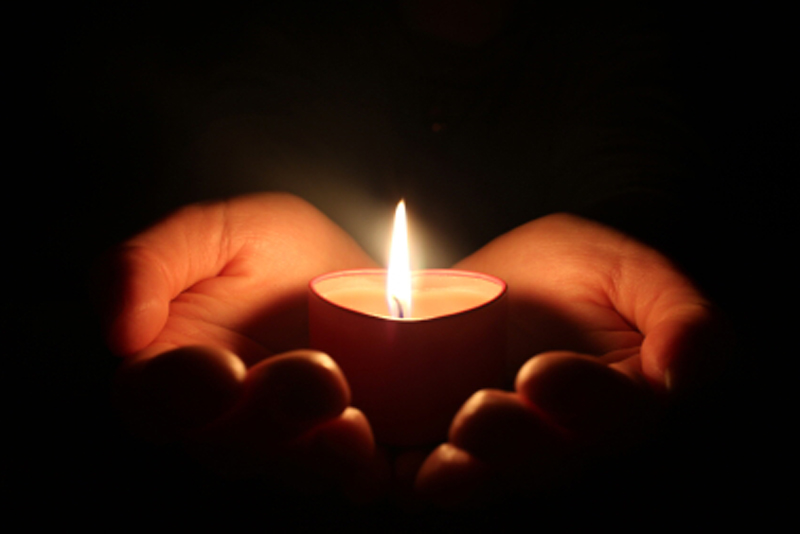Choice -The Key to Lifestyle Design

Lifestyle, according to thefreedictionary.com, is a manner of living that reflects a person's values and attitudes. A homeschooling blog on psychologytoday.com says lifestyle design is a sum of all the conscious choices you make that reflect your priorities and end goals.
As I was doing research on the topic of lifestyle design, just about every article I read said something about the power of choice.
Twelve years ago, I was taking care of two babies under three years of age. When they cried in the middle of the night, my husband or I would get up and tend to them. We spent hours each week supervising their play in local parks. We took them to kid friendly cultural events and read to them in libraries. Each evening, I would spend about 3 hours, focused on doing household chores, making dinner and preparing the children for bed.
During that time caring for a young family was my priority 24 hours a day, 7 days a week, and thus my lifestyle for more than a decade. It was a good life, an honorable life, a productive life, but not one I planned out and chose consciously prior to entering into it. And while I felt useful, intellectually challenged (I read a zillion parenting books), accountable, inspired, engaged and many other positive things, I never truly felt successful. I had other ambitions which were vastly different from the life I was living, and I frequently felt like a failure as I measured my progress based on that phantom life.
So when I think about lifestyle design and the role choice plays, because of my own experiences, I’m sensitive to those who do not want to put their own happiness and fulfillment above everything else. I felt that I had no choice but to ignore my own wants and needs to take care of my family. But it’s important to note that giving in to circumstances is a choice. Voluntarily entering into martyrdom is a choice. Not fighting for your happiness is a choice. Failing to nurture yourself is a choice.
You always have the power to choose, and you might choose what you feel is the right and honorable thing over the thing that will make you happy. It is your choice and you have to take responsibility for what that choice brings into your life. You cannot blame anyone else for the outcome.
I chose to not do what I wanted to do because I hate feeling torn and dislike having various entities competing for my time. I feared it would be difficult to prioritize if I took on too many projects outside of the home. I did other things besides raise children, but they were basically my world for 14 years.
Then one summer my eldest child landed a part-time job. At the same time the other was spending hours drawing and studying the fine points of animation. When I would suggest we take a family trip to the library, they were not exactly thrilled. They had developed their own lives, and that is when I felt more comfortable designing mine.
I now spend much of my free time exercising, journaling, reading self-help books, assembling gratitude lists and other solitary self-development activities. I did all of these things here and there while fully immersed in child rearing, today I'm pursuing this lifestyle with a vengeance. Also I’m back in school which is what I ultimately wanted to do, but did not do for 20 years even before the kids came along.
I don’t regret putting my family first for all those years. I just wish I’d known that I did have choices and devoted more effort to bringing the things I truly wanted into my life instead of waiting until it was convenient years later. I regret not trying to negotiate or ask others to compromise for me as I was compromising for them.
A blog post by Angela Severance on the Tiny Buddha website offers these three tips for lifestyle designers:
1. You call the shots
2. Get a little selfish
3. Embrace change and just do it!
“In a nutshell, lifestyle design embodies the attempt on your part to design a life of your choosing, whatever that looks like. It’s your life, your plan, and you call the shots,” writes Severance. “You have choices ... once you realize that fully, you give yourself room to grow, experiment, and begin designing the life of your dreams.”
As I was doing research on the topic of lifestyle design, just about every article I read said something about the power of choice.
Twelve years ago, I was taking care of two babies under three years of age. When they cried in the middle of the night, my husband or I would get up and tend to them. We spent hours each week supervising their play in local parks. We took them to kid friendly cultural events and read to them in libraries. Each evening, I would spend about 3 hours, focused on doing household chores, making dinner and preparing the children for bed.
During that time caring for a young family was my priority 24 hours a day, 7 days a week, and thus my lifestyle for more than a decade. It was a good life, an honorable life, a productive life, but not one I planned out and chose consciously prior to entering into it. And while I felt useful, intellectually challenged (I read a zillion parenting books), accountable, inspired, engaged and many other positive things, I never truly felt successful. I had other ambitions which were vastly different from the life I was living, and I frequently felt like a failure as I measured my progress based on that phantom life.
So when I think about lifestyle design and the role choice plays, because of my own experiences, I’m sensitive to those who do not want to put their own happiness and fulfillment above everything else. I felt that I had no choice but to ignore my own wants and needs to take care of my family. But it’s important to note that giving in to circumstances is a choice. Voluntarily entering into martyrdom is a choice. Not fighting for your happiness is a choice. Failing to nurture yourself is a choice.
You always have the power to choose, and you might choose what you feel is the right and honorable thing over the thing that will make you happy. It is your choice and you have to take responsibility for what that choice brings into your life. You cannot blame anyone else for the outcome.
I chose to not do what I wanted to do because I hate feeling torn and dislike having various entities competing for my time. I feared it would be difficult to prioritize if I took on too many projects outside of the home. I did other things besides raise children, but they were basically my world for 14 years.
Then one summer my eldest child landed a part-time job. At the same time the other was spending hours drawing and studying the fine points of animation. When I would suggest we take a family trip to the library, they were not exactly thrilled. They had developed their own lives, and that is when I felt more comfortable designing mine.
I now spend much of my free time exercising, journaling, reading self-help books, assembling gratitude lists and other solitary self-development activities. I did all of these things here and there while fully immersed in child rearing, today I'm pursuing this lifestyle with a vengeance. Also I’m back in school which is what I ultimately wanted to do, but did not do for 20 years even before the kids came along.
I don’t regret putting my family first for all those years. I just wish I’d known that I did have choices and devoted more effort to bringing the things I truly wanted into my life instead of waiting until it was convenient years later. I regret not trying to negotiate or ask others to compromise for me as I was compromising for them.
A blog post by Angela Severance on the Tiny Buddha website offers these three tips for lifestyle designers:
1. You call the shots
2. Get a little selfish
3. Embrace change and just do it!
“In a nutshell, lifestyle design embodies the attempt on your part to design a life of your choosing, whatever that looks like. It’s your life, your plan, and you call the shots,” writes Severance. “You have choices ... once you realize that fully, you give yourself room to grow, experiment, and begin designing the life of your dreams.”

Related Articles
Editor's Picks Articles
Top Ten Articles
Previous Features
Site Map
Content copyright © 2023 by Leah Mullen. All rights reserved.
This content was written by Leah Mullen. If you wish to use this content in any manner, you need written permission. Contact Leah Mullen for details.






